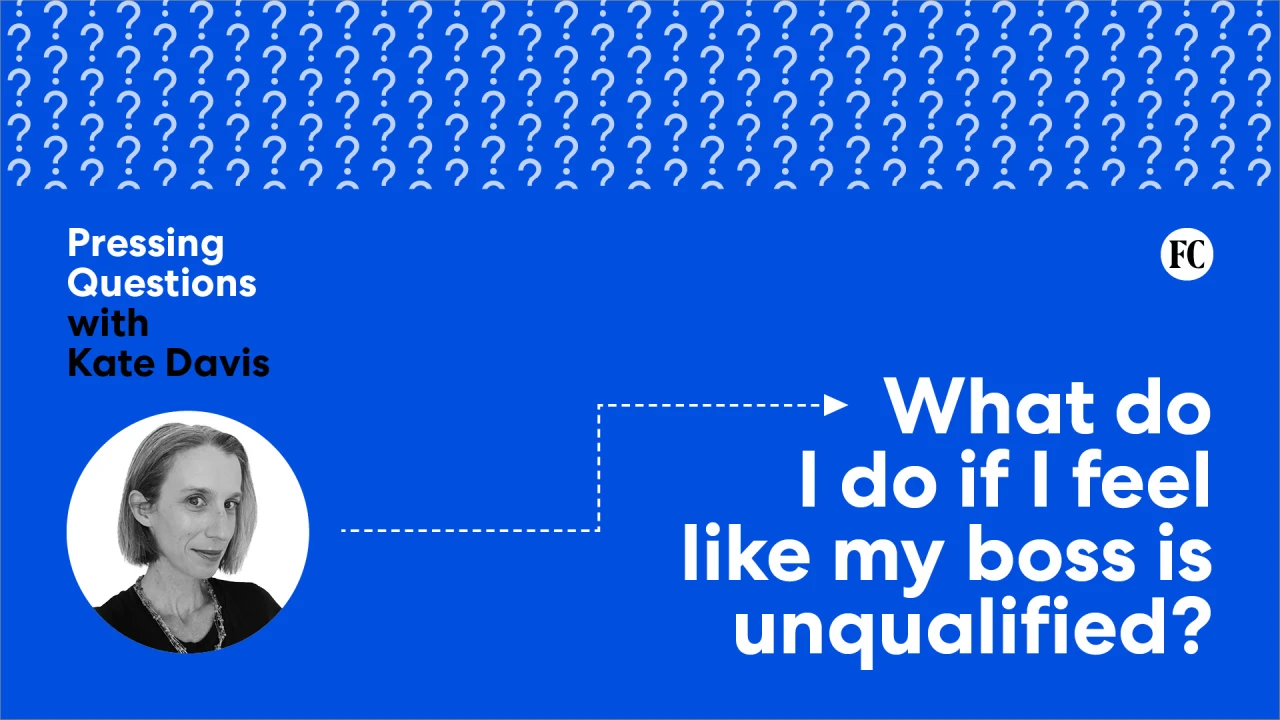Creating an Effective Staff Training Plan: Step-by-Step Example

Creating an effective staff training plan requires a structured approach that begins with evaluating your organization’s specific needs and identifying skill gaps. By setting clear, measurable objectives that align with your goals, you can guarantee a focused training effort. Designing the program involves choosing the right methods and collaborating with experts, whereas implementation relies on a well-defined timeline for tracking progress. Comprehending how to evaluate the training’s effectiveness can lead to continuous improvement, but there’s more to contemplate.
Key Takeaways

- Conduct a training needs analysis to identify skills gaps and align training with organizational goals.
- Set clear, measurable objectives using SMART criteria to enhance employee engagement and focus.
- Design the training program with input from subject matter experts and incorporate diverse instructional methods.
- Implement the training plan with a structured timeline, allowing for pilot sessions and scheduling flexibility.
- Evaluate training effectiveness through metrics and feedback, making continuous improvements based on findings.
Assessing Organizational Needs and Skills Gaps

To effectively evaluate organizational needs and skills gaps, it’s vital to conduct a thorough training needs analysis. This analysis helps you identify the existing knowledge and skills within your organization, guaranteeing they align with your business goals.
You can utilize methods like surveys, interviews, and performance reviews to gather feedback from employees about their training requirements, prioritizing areas for improvement. Analyzing industry standards and benchmarks will additionally aid in identifying skills and performance gaps that need addressing.
Documenting your findings from this analysis is fundamental, as it informs the development of targeted training programs. By regularly evaluating employee skills against required competencies, you’ll make certain that your employee training program template remains relevant and effective in meeting your organization’s evolving demands.
Setting Clear and Measurable Objectives

Establishing clear and measurable objectives is essential for any staff training plan, as it serves as a guiding framework for both trainers and participants.
To achieve this, consider using the SMART criteria, which guarantees that goals are:
- Specific: Clearly define what you want to accomplish.
- Measurable: Establish criteria to track progress and success.
- Achievable: Set realistic goals that employees can attain.
Aligning these objectives with organizational goals improves relevance, making the training program more effective.
Communicating these objectives at the outset encourages comprehension, motivating employees to engage fully.
Regularly reviewing and adjusting your objectives based on feedback and performance data guarantees your employee training plan template remains aligned with evolving business needs.
This approach leads to continuous improvement and success in your training efforts.
Designing the Training Program and Selecting Methods

When you design a training program, collaborating with subject matter experts (SMEs) is crucial to guarantee the content meets the specific needs of your organization.
Start by incorporating diverse instructional methods like in-person workshops, online courses, and hands-on training, as this caters to various learning styles.
Utilize a staff training plan template to streamline the process and assure consistency. Learning Management Systems (LMS) can centralize materials and track employee progress, creating a structured learning environment.
Focus on developing engaging content with real-world scenarios to improve retention and application.
Finally, regularly review and update training materials to keep them relevant, integrating employee feedback and industry trends into your design.
This approach creates a thorough and effective training program.
Implementing the Training Plan With Timelines

An effective training plan relies heavily on a well-defined timeline that guides each phase from preparation to evaluation.
To implement your new employee training plan template successfully, consider these key milestones:
- Content Development: Allocate time for creating and reviewing training materials to guarantee clarity and relevance.
- Pilot Sessions: Conduct trial runs to gather feedback and make necessary adjustments before full rollout.
- Full Rollout: Schedule training modules, guaranteeing they fit seamlessly into employees’ work schedules to maximize participation.
Utilize a Learning Management System (LMS) to track adherence to the timeline and monitor completion rates.
Regularly review and adjust the timeline based on participant feedback to keep the program effective and relevant, guaranteeing all stakeholders remain aligned throughout the process.
Evaluating Effectiveness and Continuous Improvement

Evaluating the effectiveness of your training program is vital for ensuring it meets organizational goals and employee needs. Regular assessments involve analyzing both quantitative metrics, like completion rates and performance improvements, and qualitative feedback from participants and managers.
Utilizing a Learning Management System (LMS) can help track participation and monitor progress, providing valuable insights into training engagement. To cultivate a culture of adaptability, establish ongoing feedback loops that incorporate employee experiences and learning outcomes.
Adjusting content based on industry trends and organizational changes is critical for maintaining relevance. Implement structured reviews and health checks throughout the year to identify areas for improvement, ensuring your sample training plan for new employees remains aligned with strategic objectives and effectively addresses skill gaps.
Conclusion

In conclusion, creating an effective staff training plan requires a structured approach that begins with evaluating organizational needs and identifying skills gaps. By setting clear, measurable objectives and designing an all-encompassing training program, you can guarantee your staff gains the necessary skills. Implementing the plan with established timelines and utilizing a Learning Management System aids in tracking progress. Finally, evaluating the training’s effectiveness allows for continuous improvement, making certain your program remains relevant and aligned with organizational goals.
Image Via Envato
This article, "Creating an Effective Staff Training Plan: Step-by-Step Example" was first published on Small Business Trends
What's Your Reaction?
 Like
0
Like
0
 Dislike
0
Dislike
0
 Love
0
Love
0
 Funny
0
Funny
0
 Angry
0
Angry
0
 Sad
0
Sad
0
 Wow
0
Wow
0



























































































